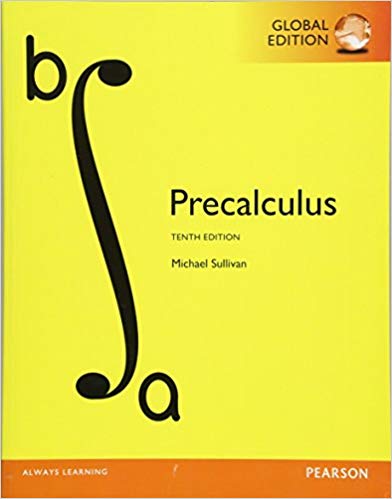Question
1) What does it mean when an SPSS printout indicates that p = .03? a. the t obt falls in the extreme 3% of the
1) What does it mean when an SPSS printout indicates that p = .03?
a. thetobtfalls in the extreme 3% of the sampling distribution and the probability of a Type I error is .03
b. thetobtfalls in the extreme 3% of the sampling distribution and the probability of a Type II error is .03
c. the probability of an error should be reported as p < .01
2) Assuming that there is a 5-point difference between the two sample means, which set of sample characteristics is more likely to produce a significant value for the independent-samplesttest?
a. n1=n2= 25 and small sample variances
b. n1=n2= 25 and large sample variances
c. n1=n2= 100 and large sample variances
d. n1=n2= 100 and small sample variances
3) In a hypothesis test using atstatistic, what is the influence of using a large sample?
a. a larger sample tends to increase the likelihood of rejecting the null hypothesis
b. cannot determine without more information
c. the size of the sample has no impact on the outcome of the hypothesis test
d. a larger sample tends to decrease the likelihood of rejecting the null hypothesis
4) Which of the following statements accurately describes the difference between a one-samplettest and aztest?
a. you must know the population variance (or standard deviation) for the z test but not for the t test
b. you must know the degrees of freedom to find the critical t but not the critical z value
c. you must calculate the estimated variance (or standard deviation) for the t test but not for the z test
d. all of the above
5) Which of the following is an assumption of thettest for independent samples?
a. the standard deviation of at least one of the populations is known
b. there are two random samples of ordinal scores
c. the population mean is known
d. there is homogeneity of variance
6) A population is known to have a mean of = 70. A treatment is expected toincrease scores for individuals in this population. If the treatment is evaluated using a one-tailed hypothesis, then the NULL hypothesis would state __________.
a. 70
b. 70
c. < 70
d. > 70
7) Which is FALSE?
a. The sum of squares is the numerator of the formula for estimated variance.
b. Estimated standard deviation can have a subscript of X or not have it; it means the same thing either way.
c. Standard deviation equals variance squared.
Step by Step Solution
There are 3 Steps involved in it
Step: 1

Get Instant Access to Expert-Tailored Solutions
See step-by-step solutions with expert insights and AI powered tools for academic success
Step: 2

Step: 3

Ace Your Homework with AI
Get the answers you need in no time with our AI-driven, step-by-step assistance
Get Started


